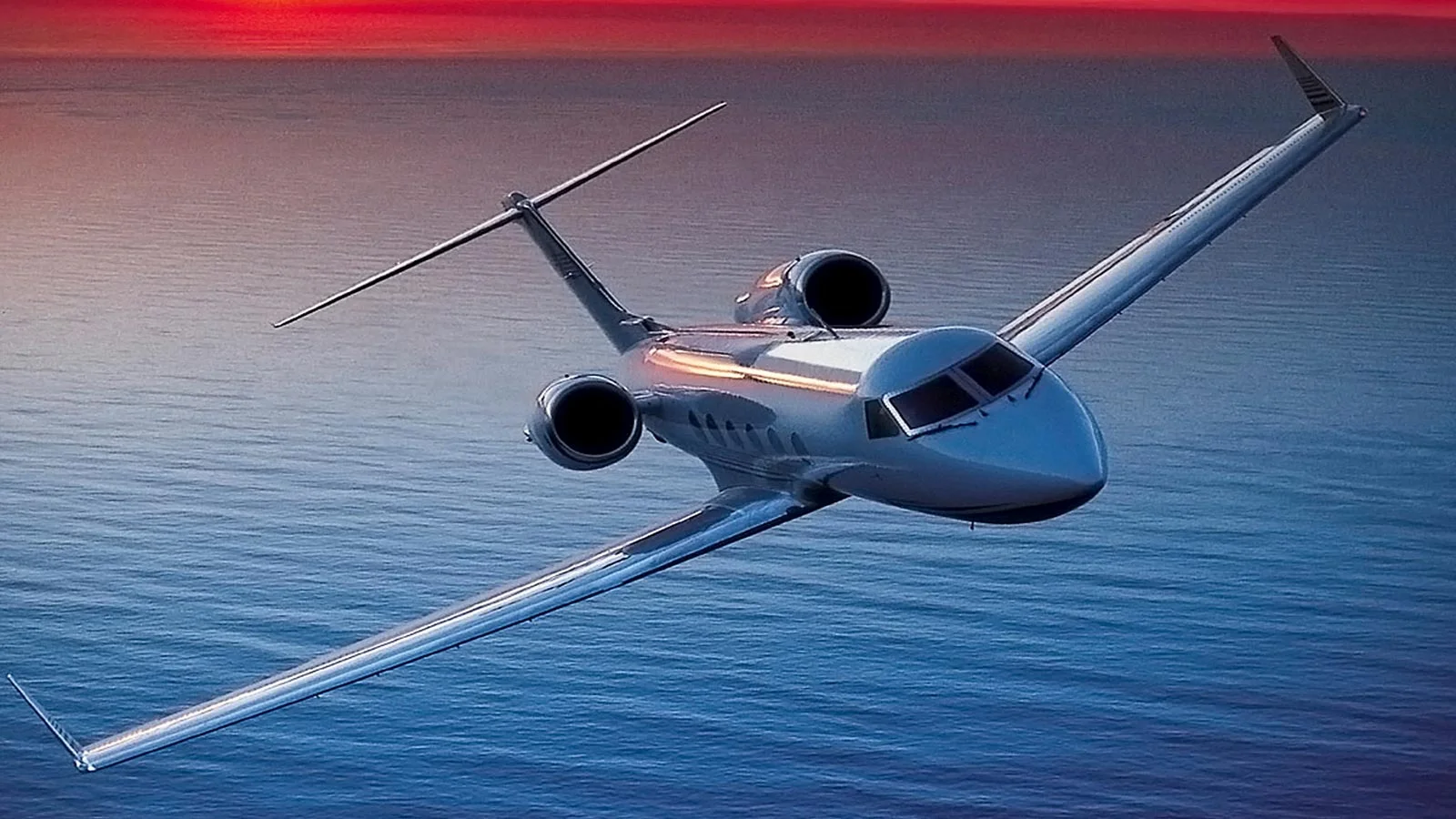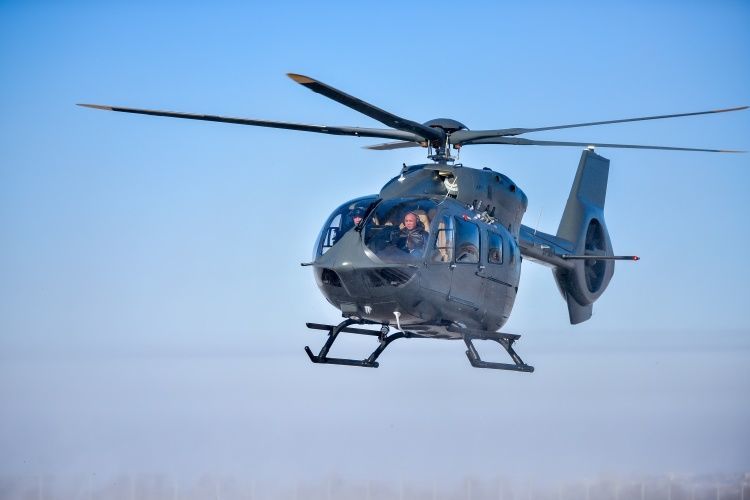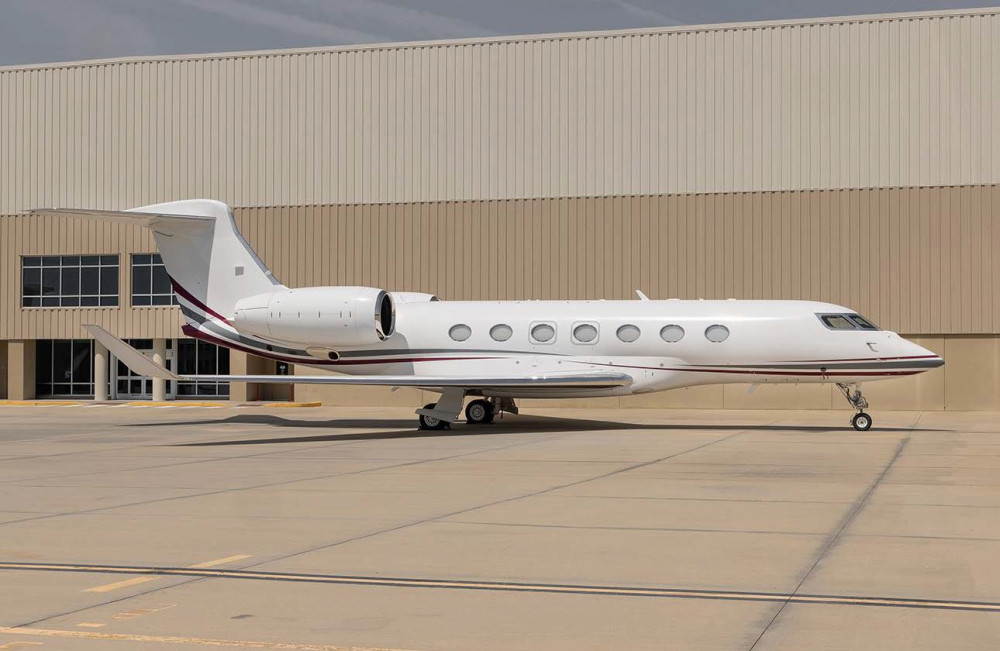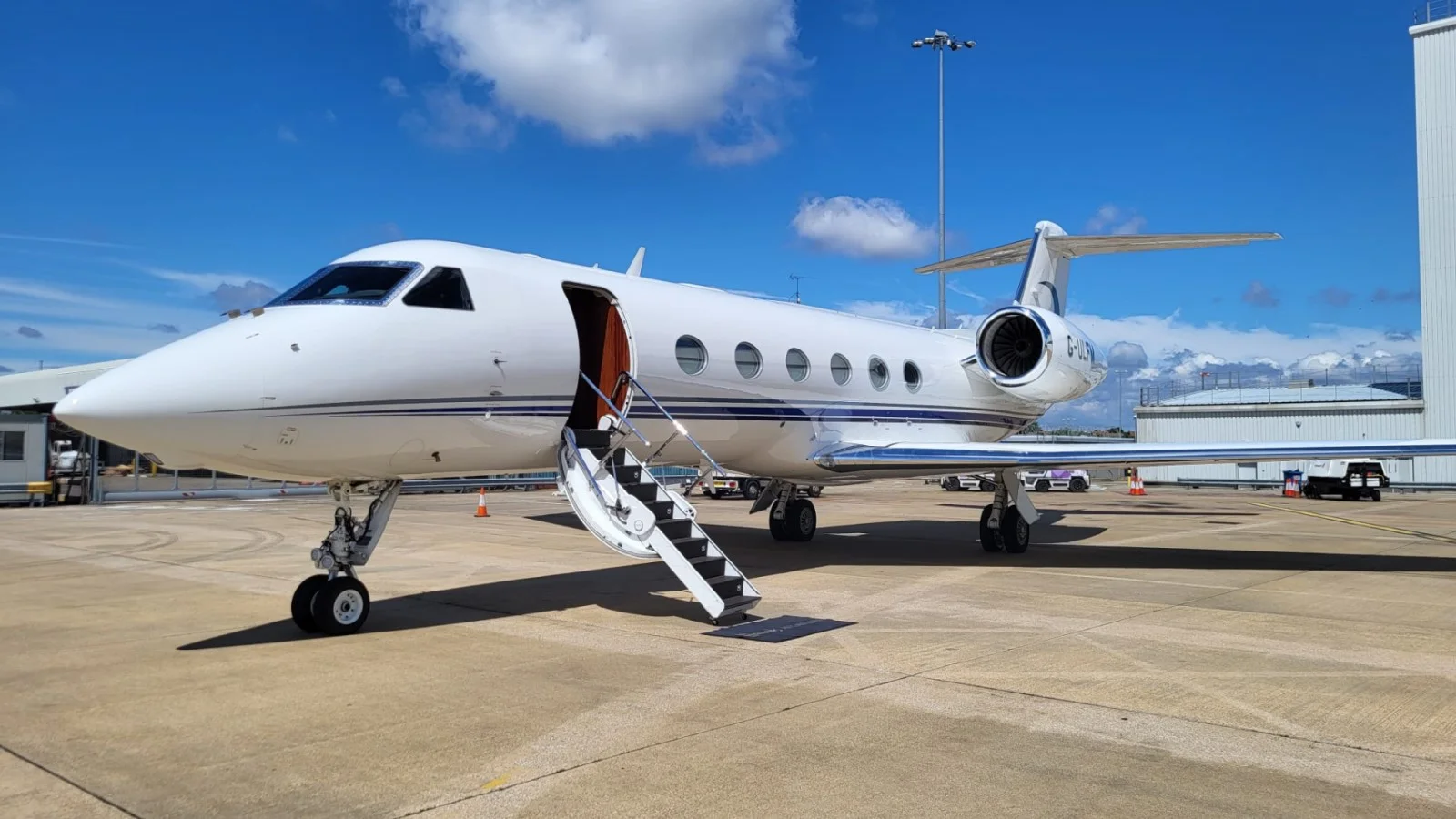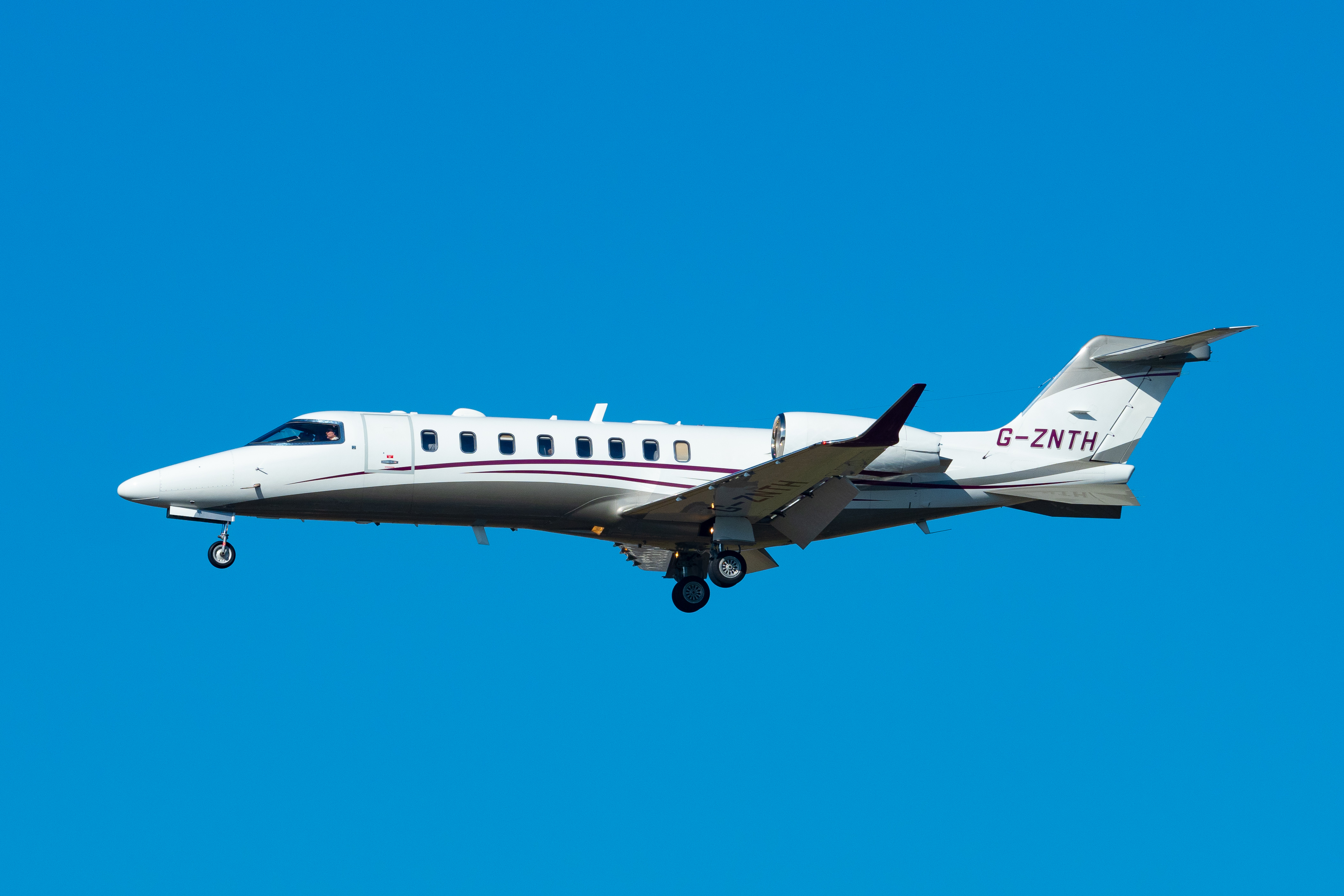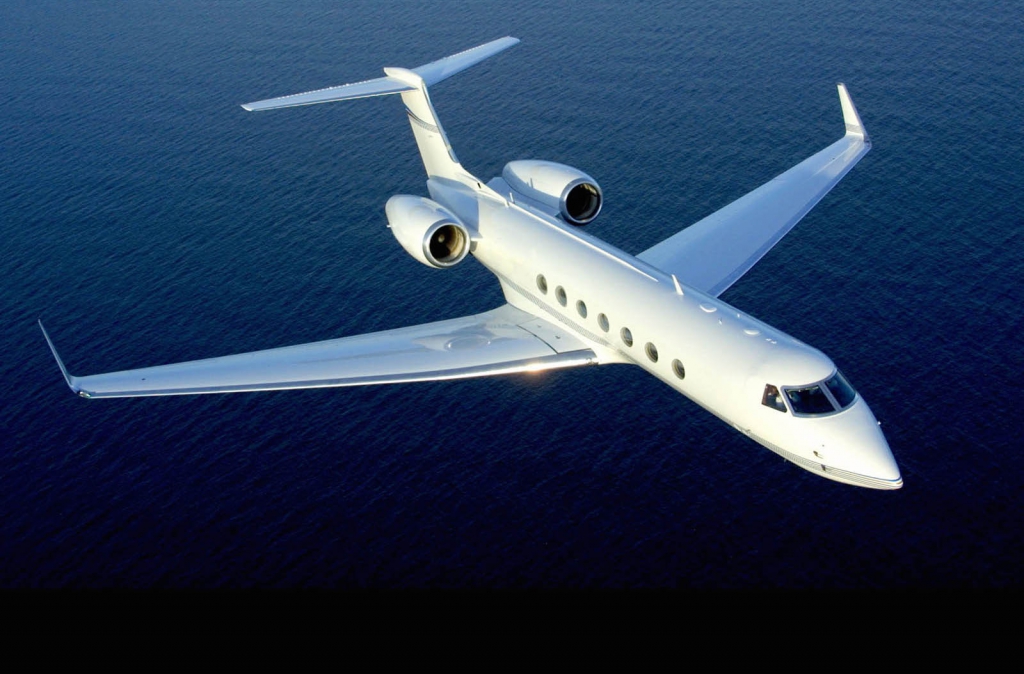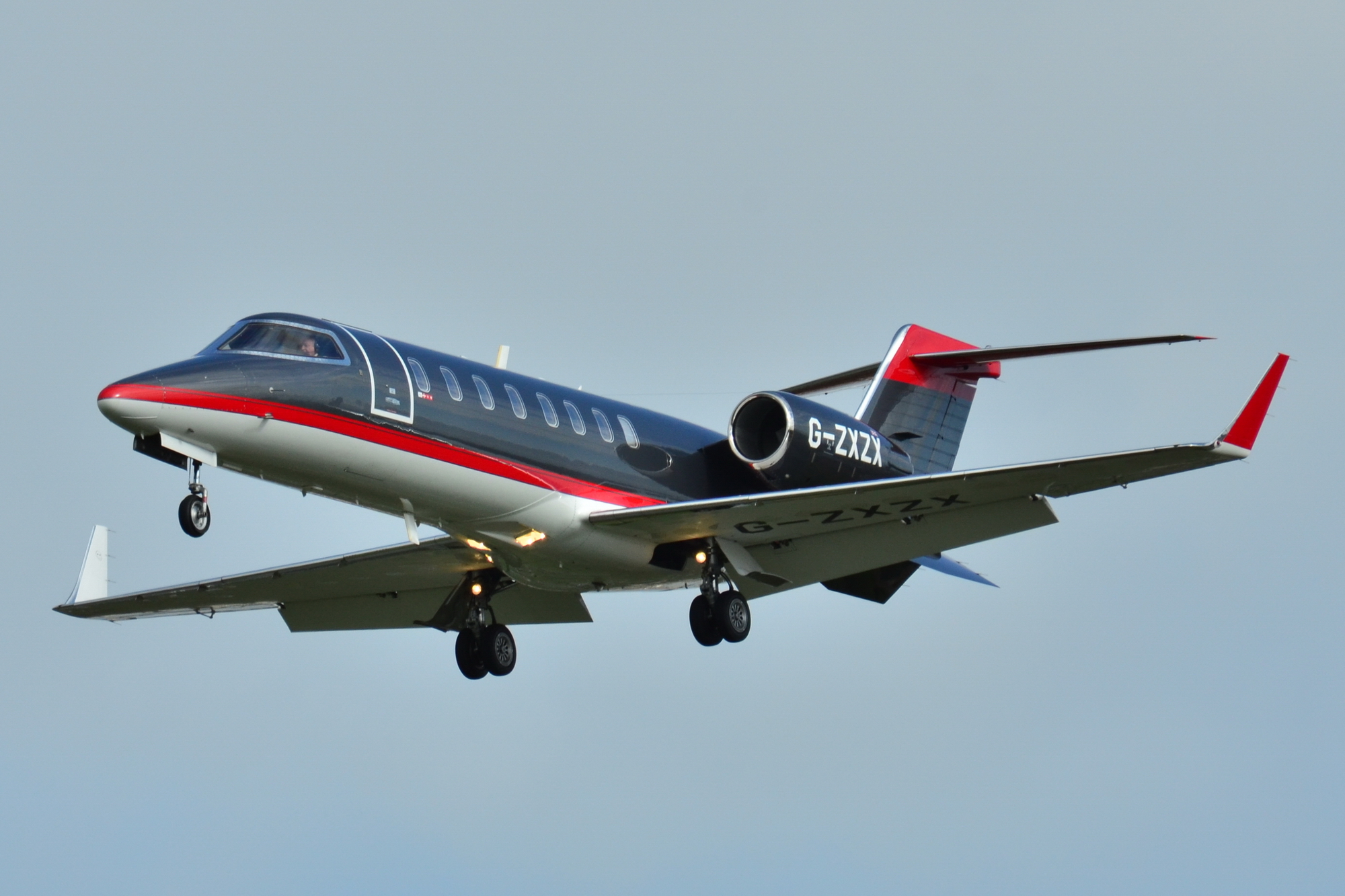Bombardier Challenger 350 (2014): A Super-Midsize Contender That Actually Delivered
7 min read
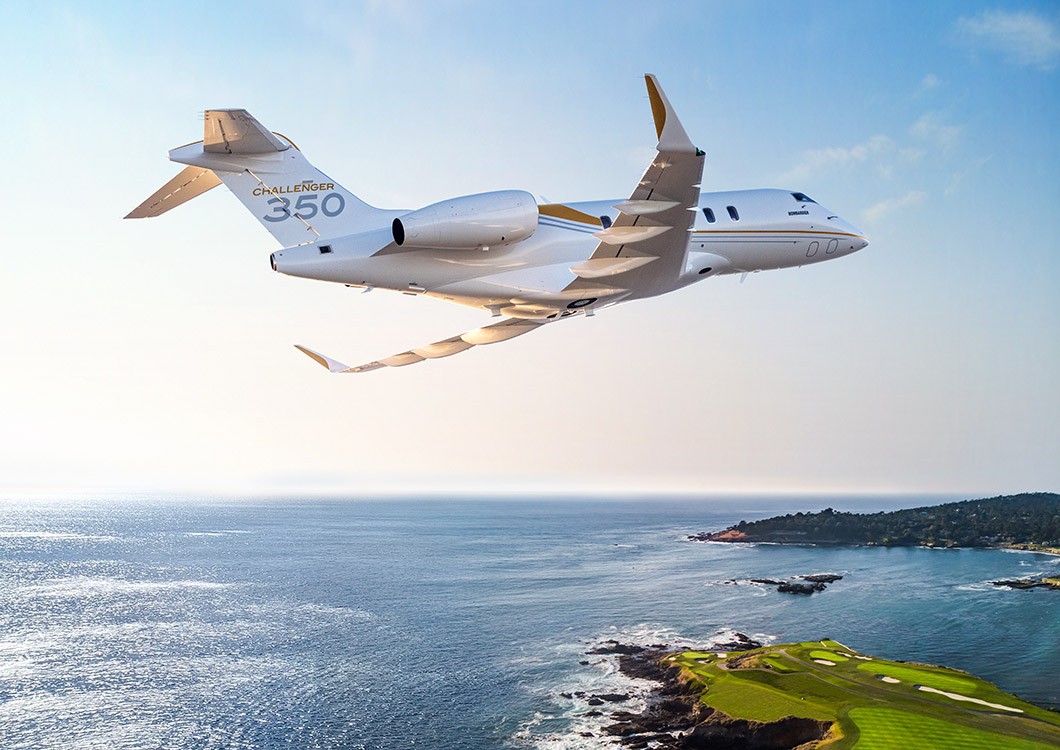
When you're shopping for a super-midsize business jet, you're entering one of the most competitive segments in aviation. Everyone's fighting for your attention. Dassault with their sleek Falcons, Cessna pushing their Citations, Gulfstream with that G280 mystique. It's a crowded field, and frankly, a lot of these aircraft start to blur together after a while.
But then there's the Challenger 350, which is basically Bombardier taking everything they learned from the wildly successful Challenger 300 and making it better. The result? A jet that managed to dominate its category for six straight years.
We're diving deep into what made the 2014 Challenger 350 tick, from its development story to its real-world performance, and why it became the go-to choice for operators who needed something more than promises.
Development: Building on Success (While Everyone Else Was Catching Up)

Here's the thing about the Challenger 350's development story: it wasn't born out of desperation or a need to completely reinvent the wheel. By 2013, Bombardier already had a winner on their hands with the Challenger 300. Over 400 of those birds were out there earning their keep, which is pretty impressive in a market where some manufacturers celebrate hitting triple digits.
But success breeds competition, and Bombardier knew it. Dassault was making noise with their Falcon 2000S. Cessna had the Citation Sovereign and was working on the Longitude project. Embraer showed up with their Legacy 500, all sharp angles and Brazilian flair. And Gulfstream? Well, they had the G280, and when Gulfstream puts something in your market segment, you pay attention.
So rather than panic, Bombardier did what smart manufacturers do, they evolved. The Challenger 350 made its first flight on March 2, 2013. The certification process moved surprisingly smoothly. Transport Canada and the FAA both signed off in June 2014, with EASA following in September.
Production wrapped up in 2022 when Bombardier transitioned to the Challenger 3500.
Performance: Where the Numbers Actually Matter
Let's talk about what the Challenger 350 actually does when you push the throttles forward. Because in this business, promises are cheap and fuel is expensive, what matters is whether this aircraft can deliver when you need it to.
The heart of the 350 is its pair of Honeywell HTF7350 turbofan engines. These aren't just bigger versions of the 300's powerplants; they're 7,323 pounds of thrust each, and that extra muscle translates directly into real-world capability.
Max speed is Mach 0.83, which works out to about 541 mph. But here's the thing, nobody cruises at max speed unless they're running from weather or trying to make up time. The sweet spot is that high-speed cruise at Mach 0.80.
Range is where things get interesting. The 350 will take you 3,200 nautical miles, and under NBAA IFR conditions with four passengers, you can stretch that to 3,250 nm. Now, what does that mean in the real world? New York to London, no problem. Los Angeles to New York, done.
The climb performance is genuinely impressive. The jet will get you to 41,000 feet in 18 minutes, with an initial climb rate that exceeds 4,200 feet per minute. That gets you above most weather and traffic quickly, which translates to smoother flights and better on-time performance.
The runway performance deserves special mention. With takeoff requirements under 5,000 feet and a landing distance of just 2,302 feet, this aircraft opens up a lot of airports that the bigger jets simply can't access.
Cabin and Interiors: Where the Magic Actually Happens

Here's where the Challenger 350 really starts to separate itself from the pack. You can have all the performance in the world, but if your passengers step aboard and think "meh," you've missed the point entirely.
The numbers tell part of the story. We're talking 860 cubic feet of cabin volume, which might not sound like much until you're actually inside. The cabin stretches 25 feet 2 inches, stands 6 feet tall, and spans 7 feet 2 inches wide.
But dimensions are just the starting point. The typical configuration seats up to 10 passengers, usually in that tried-and-true double-club arrangement with eight executive seats that actually do what they're supposed to do. There's also a three-place divan option, which is perfect for those flights where you need to bring the whole team or just want to stretch out.
What really sets the 350 apart from its predecessor, though, is the details Bombardier got right. Those windows? They're 20% larger than the 300's, and that makes a bigger difference than you'd expect. Natural light changes everything about how a cabin feels, especially on those long transcontinental segments.
The acoustic improvements deserve special mention. Bombardier managed to knock 4-5 decibels off the cabin noise levels through a combination of acoustic curtains and sound-suppressing materials.
The galley setup is surprisingly thoughtful. It's forward-mounted, which keeps food prep noises away from the main cabin, and includes the essentials: microwave, drainable ice drawer, and an optional sink.
More importantly, there's a sound-insulating door that can separate the galley area when needed. It's a small thing, but it maintains that sense of privacy and quiet that makes the difference between a good flight and a great one.

The cabin management system brings everything into the modern era with wireless controls for environment and entertainment. But here's where Bombardier really showed they were paying attention to what passengers actually want: the Lufthansa Technik entertainment system with high-definition displays and 24 transducers for genuine surround-sound audio.
Avionics: Keeping It Simple, Keeping It Smart
The cockpit gets the Rockwell Collins Pro Line 21 Advanced suite, four large LCD displays that actually make sense when you're trying to manage a flight. There’s no head-up display, which might count as a minus, but honestly? The synthetic vision system and flight path vector on the primary display do most of the heavy lifting for situational awareness.
The real standouts are the practical touches: MultiScan weather radar that actually finds turbulence before you do, dual inertial reference systems for redundancy, and XM satellite weather that keeps you ahead of what's coming. It's a paperless cockpit, which means less clutter and faster access to the information that matters.
It's not the flashiest glass cockpit out there, but it's thoughtfully designed and reliable. Sometimes that's exactly what you want.
Pricing and Operating Costs: The Reality Check
Since production ended in 2022, we're talking pre-owned market now. For the newer birds (2018–2022), you're looking at $17.5 million to $19.5 million, though current asking prices seem to be running between $17.9 and $18.5 million.
Next, let's talk operating costs. For a typical 200-hour-per-year operation, budget around $1.25 million annually. If your flying time gets up to 400 hours, you're closer to $1.95 million. These aren't small numbers, but they're competitive in the super-midsize segment.
The hourly direct costs average $3,150–3,690, with fuel being the biggest variable at around $1,040 per hour. Maintenance runs about $1,243 per hour, engine reserves another $803, and miscellaneous costs $604.
Fixed costs are where things get interesting. You're looking at $557,000–983,000 annually, regardless of how much you fly. Crew salaries and training eat up the biggest chunk at $374,000–564,000, which makes sense when you consider these are professional pilots managing a sophisticated aircraft.
Hangar costs run $54,000–66,000, insurance is $26,000–70,000 (depending on your experience and where you're based), and management fees add another $103,000–159,000.
The key thing to remember? These numbers fluctuate based on where you're operating, fuel prices (which seem to have a mind of their own), and how you actually use the aircraft.
The Good, The Bad, and The Bottom Line
What Works Really Well
The 350 nails the fundamentals. That spacious, quiet cabin rivals jets above its size class, while the 3,200-mile range and short-field performance make it perfect for coast-to-coast U.S. runs or European hops without the operating costs of a heavy jet.
The reliability numbers speak for themselves: high delivery volumes and aircraft averaging just 156 days on the pre-owned market.
The efficiency gains over the Challenger 300 are real, with lower emissions and fuel burn, plus you get premium features like wireless cabin management and lie-flat seating as standard equipment. For charter and corporate operators, it's hard to beat the value proposition in comfort and speed.
Where It Falls Short
That extra capability comes with weight; 1,750 pounds more than the 300, which can bite you in hot-and-high conditions or when you're loaded to the max. No head-up display, which some pilots genuinely miss for enhanced visibility in challenging conditions.
The 3,200-mile range, while impressive, still means fuel stops for the longest international routes, where something like a Challenger 650 or Global just powers through. Operating costs stay competitive, but they climb quickly with higher utilization.
Final Verdict
A decade after its debut, the Challenger 350 remains a benchmark in the super-midsize class. It took everything operators loved about the 300 and made it better where it mattered most. The transition to the 3500 shows Bombardier's commitment to evolution, but it also validates just how right they got the 350's formula.
For buyers in 2025, you're looking at a smart pre-owned purchase in the $16–19 million range, with manageable operating costs around $3,500–6,000 per hour, depending on how you fly it. It's ideal for operators who prioritise cabin space and efficiency without needing ultra-long-range capabilities.

